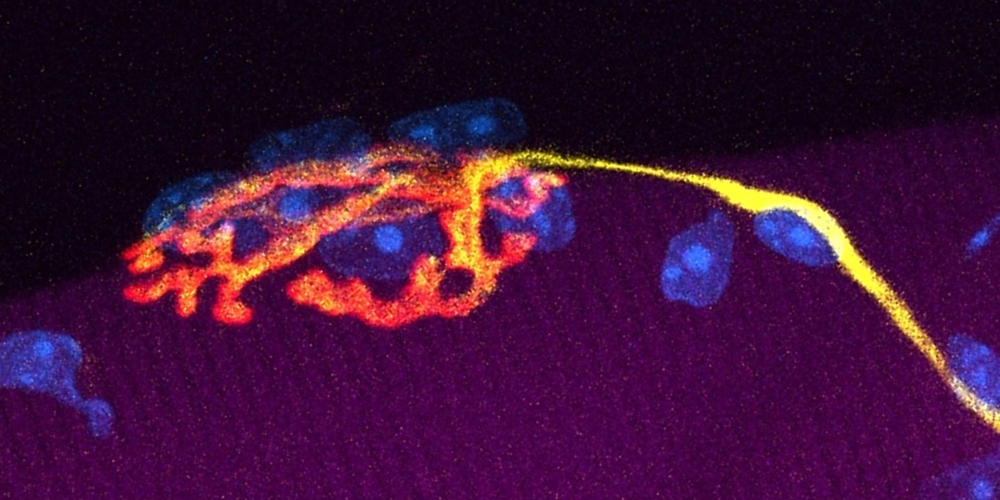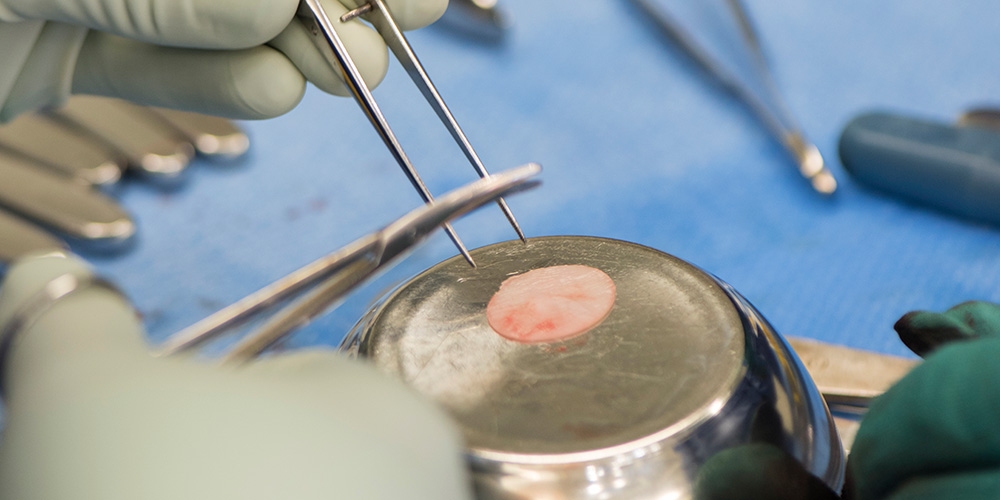Blood Test Provides Information on Alzheimer’s and atypical Parkinson’s
Reliable information can be obtained on the progression of dementias by measuring specific proteins in the blood and cerebrospinal fluid. A test of this kind is especially significant to the development of new therapies, as reported in the journal Neuron by scientists from the University of Basel and University Hospital Basel, along with international colleagues.
10 June 2016
Dementias such as Alzheimer’s and atypical Parkinson’s – also referred to as neurodegenerative diseases – are often associated with damage to nerve cells in the brain. Neurologists at University Hospital Basel and the Departments of Biomedicine and Clinical Research at the University of Basel have now succeeded in measuring specific threadlike proteins in blood samples that are released in the process: Neurofilament light chain. These come from inside nerve cells, where they form part of the cytoskeleton, giving it shape and stability. In neurodegenerative diseases, it is now possible to detect neurofilaments in the cerebrospinal fluid and also at low concentrations in the blood.
Tracking the disease’s progression
“Our results suggest that the disease’s progression can be tracked by determining the concentration of neurofilaments. This method paves the way for reliable measurements both in the animal model and in humans,” explains private lecturer Dr. Jens Kuhle, head of the research group at the Department of Clinical Research in Basel. This allows the findings from animal models to be transferred to clinical trials and makes it easier to compare the results of these trials – which is key to the development of new therapies.
It is known from earlier research at the University of Tübingen that the brains of mice with neurodegenerative diseases accumulate specific proteins, such as alpha-synuclein, tau or beta-amyloid. These proteins combine into aggregates when nerve cells are damaged in neurodegenerative diseases. The researchers have now been able to measure the concentration of neurofilaments in the blood and cerebrospinal fluid of affected animals, as well as in samples from affected humans.
Varying measurements depending on brain damage
In the mice, a close correlation was observed between the concentration of neurofilaments in the cerebrospinal fluid and in the blood. Moreover, the higher the measurements, the further the brain damage had progressed. When the pathological changes were exacerbated or individually halted in the laboratory animals, the neurofilament concentration rose or fell accordingly. Likewise, in patients with neurodegenerative diseases such as atypical Parkinson’s or dementia, there was a strong correlation between the values measured in the bloodstream and cerebrospinal fluid, and these were also higher than in healthy individuals.
The study by the researchers in Basel and Tübingen demonstrates that these blood parameters can provide reliable information regarding neurodegeneration in the brain. It may therefore be possible to dispense with a cerebrospinal fluid analysis, which is often distressing for patients and cannot be repeated arbitrarily. “If we can make do with simple blood samples in the future, this would be especially significant for clinical trials, such as those aiming to demonstrate the protective or therapeutic effect of medications in patients as reliably as possible,” Kuhle explains.
Original article
Mehtap Bacioglu, Luis F. Maia, Oliver Preische, Juliane Schelle, Anja Apel, Stephan A. Kaeser, Manuel Schweighauser, Timo Eninger, Marius Lambert, Andrea Pilotto, Derya Shimshek, Ulf Neumann, Philipp J. Kahle, Matthias Staufenbiel, Manuela Neumann, Walter Maetzler, Jens Kuhle, Mathias Jucker
Neurofilament light chain in blood and CSF as marker of disease progression in mouse models and in neurodegenerative diseases
Neuron (2016), doi: 10.1016/j.neuron.2016.05.018
Further information
PD Dr. Jens Kuhle, Department of Biomedicine at the University of Basel and University Hospital Basel, Tel. +41 61 328 71 91, email: jens.kuhle@usb.ch


